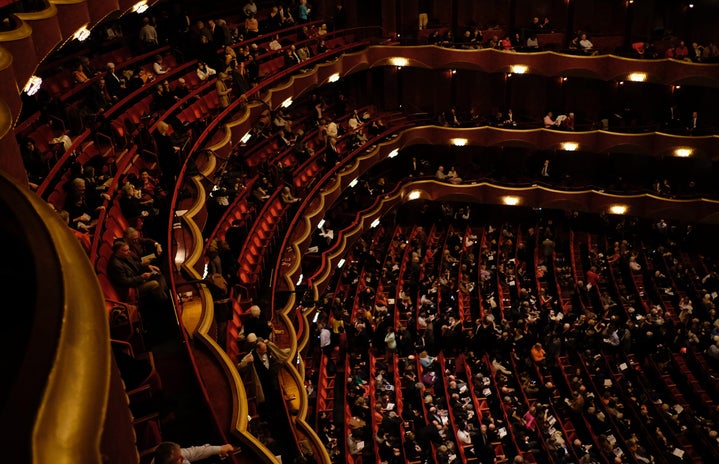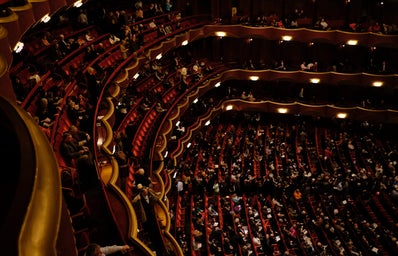Disney has a history of portraying men and women in stereotypical lights: the woman as a hypersexual and helpless servant, and the man as the macho savior. Focusing on animated movies, Disney directors and animators created white woman characters with unrealistic hourglass figures – waists so small that it leaves no room for organs. They created an ideal female image, one that was completely unattainable, that left a lasting example for other film companies to follow. Even in a study of movies from 1990-2006, it found that 25 percent of females in film had an unnaturally small waist, while only 8 percent of males had misshapen figures. According to the same study, this unrealistic image, coupled with the typical “male savior” trope, has a direct correlation with a growing concern of young girls with low self-esteem. The movies below showcase Disney’s problematic past and promising future of female representation in their animated movies.
- “Snow White and the Seven Dwarfs” 1937
-
Disney’s Snow White and the Seven Dwarfs established a sexist foundation that the company has worked to purge in recent years. The animators designed Snow White to represent the ideal woman in the 1930s: white and thin with an hourglass figure. Snow White was the first Disney princess, and therefore, her figure became a norm in future Disney movies.
The story portrayed in the movie also illustrated the typical “male savior” trope. When Snow White is cursed by the witch and she falls into a coma, the only thing that can save her is a kiss from a prince. Conveniently, Prince Charming comes riding along and kisses the sleeping princess. Apparently, consent wasn’t an option in the 1930s.
- “Cinderella” 1950
-
Cinderella also follows the same tropes and problematic female characteristics. However, the story also teaches young girls to do their duties and be polite while they wait for a rich man to sweep them off their feet. Cinderella is a 1950 male’s wet dream: she cooks and cleans and never speaks up for herself. She is a hard-working woman, but the only way to escape her hardships is to marry a prince? She might deserve a happy ending, but she could have easily made her own with her determination that’s evident in the movie.
- “Beauty and the Beast” 1991
-
In addition to Belle’s typical unrealistic body type, Beauty and the Beast is an example of a romanticized unhealthy relationship that might appeal to young girls. Belle is held captive by the beast, who continuously loses his temper and treats her poorly. Eventually, the beast becomes vulnerable and sweet, but at that point, she seems to develop Stockholm syndrome or something similar. Even though she’s being held captive, she starts to depend on the beast and falls in love with him, despite his hostile character. In the end, she’s rewarded for dealing with his behavior, earning the title of a princess. This problematic storyline might suggest to young girls that an abusive relationship may improve if they act according to their partner’s wishes.
- “Frozen” 2013
-
Frozen is a great example of how female representation in media instantly changes when there’s a woman directing. The movie was the first animated Disney movie with a female director, and it holds the title for the highest-earning animated movie ever. Instead of a typical Disney portrayal of the female body, Elsa has a more-realistic body shape. She still has the hourglass figure, but her waist is much less intense compared to Snow White and Cinderella.
Additionally, there is a main male character, but Elsa’s story is not dependent on him. In fact, the male characters have no effect on the plot’s climax at all. It’s a story about two sisters saving each other, rather than the “male savior” trope seen in the previous Disney films.
Disney’s future of female representation looks promising. During the 2019 Sundance Film Festival, the festival called on Disney to join the Four Percent Challenge, a challenge for movie studios to hire female directors for at least four percent of films in the next 18 months. In response, Disney CEO, Bob Iger, claimed that 40 percent of Disney’s upcoming movie slate is already being directed by women, including Frozen 2, Captain Marvel and Mulan.
My hope is that Disney has learned from its past and will continue providing movies with strong female characters that young girls can look up to without compromising their self-esteem.


